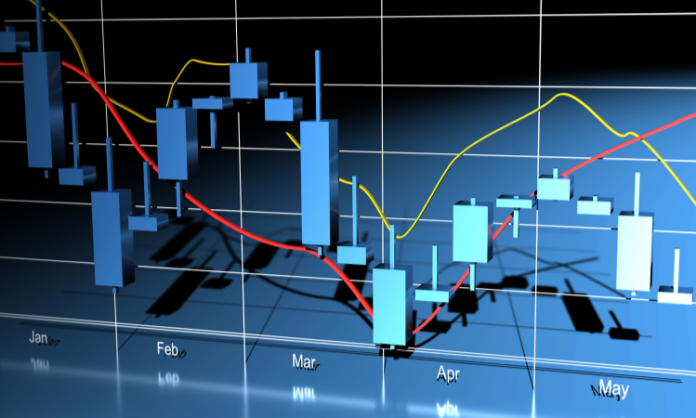
Forex trading (Global Currency Market) is a popular form of financial trading that allows investors to trade different currencies from around the world. However, it can be a challenging endeavor due to the volatility of the market and the complexity of its mechanics. To succeed in Forex trading, one needs to have a solid strategy. In this article, we will discuss the three main strategies that traders can use to achieve success in the Forex market: technical analysis, fundamental analysis, and risk management.
Technical Analysis Strategy of Global Currency Market :
Technical analysis is a popular Forex trading (Global Currency Market) strategy that involves using historical price data to predict future market movements. The key concept of technical analysis is that market trends, patterns, and behaviors are predictable. Technical analysis involves using various tools such as chart patterns, trend analysis, indicators, and oscillators. These tools help traders to identify entry and exit points for trades.
Chart patterns are visual representations of price movements that traders use to identify trends in the market. Trend analysis involves analyzing the direction of price movements to determine whether the market is trending up or down. Indicators and oscillators are mathematical calculations that help traders identify when to enter or exit a trade.
The advantages of technical analysis are that it is simple, easy to understand, and can be used by traders of all levels of experience. The disadvantages of technical analysis are that it can be unreliable due to its dependence on historical data, and it may not be effective in markets where there is a lack of price data.
Fundamental Analysis Strategy of Global Currency Market :
Fundamental analysis is another popular Forex trading strategy that involves analyzing economic and political factors to predict market movements. The key concept of fundamental analysis is that economic data such as GDP, inflation, and interest rates can impact currency prices. Fundamental analysis involves analyzing news releases, economic indicators, and central bank policy.
News releases are important because they can affect market sentiment and lead to changes in the price of currencies. Economic indicators such as GDP, inflation, and unemployment rates are also important because they can provide clues about the health of a country’s economy. Central bank policy is also important because changes in interest rates can affect currency prices.
The advantages of fundamental analysis are that it can provide a more comprehensive understanding of market movements and can be used to identify long-term trends. The disadvantages of fundamental analysis are that it can be time-consuming and requires a deep understanding of economics.
Risk Management Strategy of forex Trading:
Risk management is a critical component of successful Forex trading. It involves managing risk by using strategies such as risk-reward ratio, position sizing, and stop-loss orders. The key concept of risk management is that it is important to limit losses in order to protect profits.
The risk-reward ratio is the ratio of the potential profit to the potential loss of a trade. Position sizing involves determining the amount of capital to risk on each trade. Stop-loss orders are used to automatically close a trade if the price moves against the trader.
The advantages of risk management are that it can help traders to protect their profits and limit losses. The disadvantage of risk management is that it can be challenging to find the right balance between risk and reward.
Combining Strategies:
Traders can combine technical analysis, fundamental analysis, and risk management strategies to achieve their trading goals. For example, traders can use technical analysis to identify entry and exit points, use fundamental analysis to understand market sentiment, and use risk management to limit losses and protect profits.
Conclusion:
Successful Forex trading requires a solid strategy that incorporates technical analysis, fundamental analysis, and risk management. Traders need to use the right tools to analyze the market and make informed trading decisions. By combining these three strategies, traders can achieve their trading goals and succeed in the Forex market.
Click to sign up with ThinkMarkets
Related Articles:
Swing Trading Strategies : Maximizing Profits in Volatile Markets





























